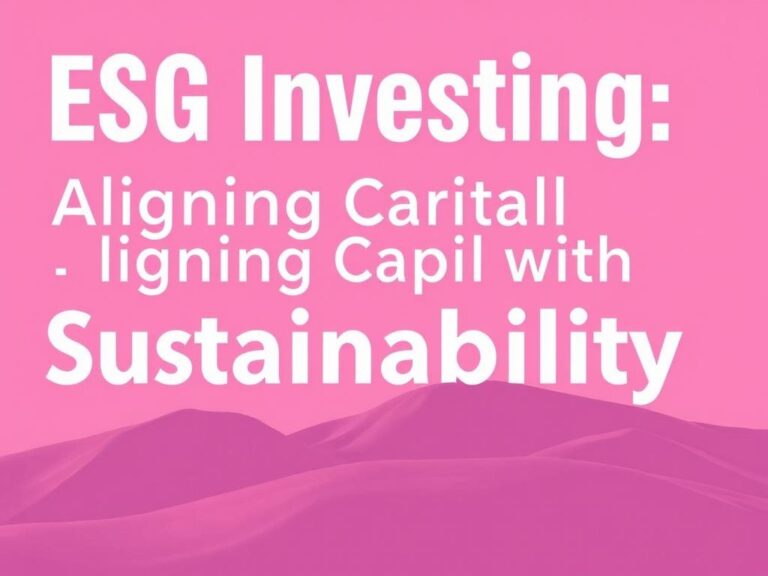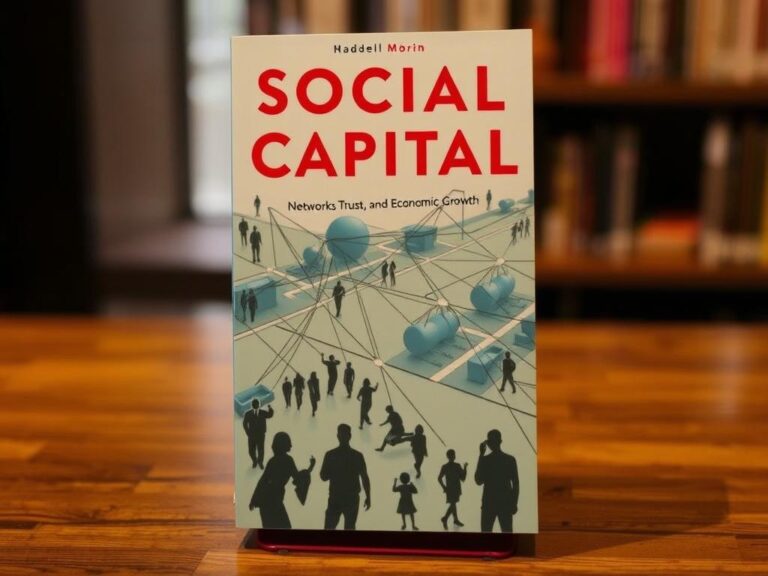Human Capital: Investing in Knowledge and Skills for a Brighter Future
In today’s rapidly evolving world, one of the most valuable assets any individual or organization can possess is human capital. But what exactly does human capital mean? At its core, human capital refers to the collective knowledge, skills, abilities, and experience held by people. Unlike physical capital such as machinery or buildings, human capital is intangible yet incredibly powerful. Investing in knowledge and skills doesn’t just improve personal growth; it fuels innovation, drives economic growth, and creates sustainable advantages for businesses and entire nations.
Understanding the Essence of Human Capital
Human capital is much more than just the workforce or employees present in an organization. It encompasses education, training, health, and the social and emotional skills that individuals bring to the table. When companies invest in human capital, they are essentially nurturing the qualities that enhance productivity and creative problem-solving. This investment can take myriad forms—from formal education and vocational training to health programs and continuous learning initiatives.
Now, you might wonder, how does investing in knowledge and skills translate into real benefits? The answer lies in the ability of the workforce to adapt and innovate. When people have access to continuous education and skill development, they are equipped to handle complex challenges, embrace new technologies, and contribute fresh ideas. This adaptability is crucial in a world where industries and markets shift swiftly.
The Role of Education in Building Human Capital
Education forms the foundation of human capital development. It not only equips individuals with essential knowledge but also instills critical thinking, collaboration, and problem-solving skills. From primary school all the way to higher education institutions, each stage plays a vital role in shaping human capital.
Moreover, lifelong learning plants the seeds for sustainable growth. In today’s knowledge economy, where information doubles rapidly, resting on previously acquired skills is not enough. Adults need access to professional development and continuing education to stay relevant. This creates a dynamic workforce that consistently contributes value to society and the economy.
Formal Education vs. On-the-Job Training

| Aspect | Formal Education | On-the-Job Training |
|---|---|---|
| Setting | Classroom or virtual instruction | Workplace, real-time scenarios |
| Focus | Theoretical knowledge and foundational skills | Practical application and skill enhancement |
| Duration | Fixed periods (semesters, years) | Ongoing, adaptive, customized |
| Outcome | Degrees, certifications | Improved job performance, specific competencies |
Both formal education and on-the-job training complement each other in building strong human capital. While education gives the broad framework, workplace training refines skills and bridges the gap between theory and practice.
Skills Development: The Heart of Human Capital Investment
Investing in knowledge and skills is essentially about improving the proficiency and capabilities of individuals. Skills can be categorized broadly into hard skills and soft skills. Hard skills include technical abilities and specialized knowledge that can be taught through instruction and practice. Soft skills, on the other hand, include communication, teamwork, leadership, and emotional intelligence.
Focusing on both types ensures a well-rounded workforce. Many companies recognize this and have implemented continuous professional development programs tailored to meet the evolving demands of the marketplace. In fact, those businesses that prioritize skills development often see higher employee satisfaction and retention, along with greater innovation.
Top Skills Driving Success in the Modern Workplace
- Critical thinking and problem-solving
- Digital literacy and technology adaptation
- Effective communication and collaboration
- Emotional intelligence and leadership
- Creativity and innovation
By nurturing these skills across all levels of the workforce, organizations effectively build and sustain robust human capital, enabling them to withstand economic uncertainties and competitive pressures.
Why Companies Prioritize Human Capital Management
Human capital management (HCM) refers to the strategic approach companies use to recruit, develop, manage, and optimize their workforce. Recognizing employees as valuable assets rather than mere resources changes the management philosophy entirely. Instead of focusing solely on cost reduction, companies integrate talent development and knowledge investment as core business strategies.
Investment in human capital results in numerous organizational benefits, such as:
- Increased productivity and efficiency
- Higher employee engagement and morale
- Improved innovation and competitive edge
- Lower turnover and better talent retention
- Enhanced corporate reputation and employer branding
For instance, tech giants and startups alike allocate substantial resources toward employee training programs, mentorship, and health and wellness initiatives. Such investment doesn’t just improve individual performance—it ultimately boosts the company’s bottom line and market position.
Human Capital and Economic Growth
On a larger scale, the quality of a country’s human capital directly influences its economic development. Countries with well-educated and skilled populations tend to experience faster growth, higher innovation rates, and greater social stability. This is why governments often prioritize education reform, vocational training, and workforce development programs as part of national policy agendas.
According to economic experts, investing in human capital is one of the most effective ways to reduce poverty and inequality while fostering sustainable development. When citizens are equipped with market-relevant knowledge and skills, they’re more likely to secure better jobs and contribute meaningfully to their communities.
The Future of Human Capital Investment: Challenges and Opportunities
Despite the clear benefits, investing in human capital comes with its own set of challenges. Rapid technological advancements mean that some skills become obsolete quickly, necessitating ongoing adaptation. Additionally, access to quality education and training varies greatly across regions and socioeconomic groups, creating unequal opportunities.
However, the rise of digital platforms, online learning, and remote work has opened new doors to democratizing human capital investment. Virtual courses, webinars, and even AI-driven personalized learning are making it easier than ever to acquire new knowledge and upgrade skills, regardless of location or background.
Companies and governments must collaborate to overcome barriers by creating inclusive policies and fostering environments where lifelong learning is the norm. Emphasizing skills development, upskilling, and reskilling will be key to thriving in the future job market.
Key Strategies to Maximize Human Capital Investment
- Encourage continuous learning through accessible training programs
- Promote diversity and inclusion to leverage varied talents
- Utilize technology to personalize and scale education
- Align human capital strategies with organizational and economic goals
- Support mental and physical health for holistic employee well-being
Conclusion
Investing in human capital by enhancing knowledge and skills is not just an individual responsibility but a collective one, encompassing organizations, governments, and communities. It builds a foundation for innovation, resilience, and sustainable prosperity. Whether through formal education, continuous professional development, or strategic human capital management, these investments unlock the true potential within people. The future belongs to those who embrace learning and growth as lifelong pursuits—because when human capital thrives, everything else follows.







